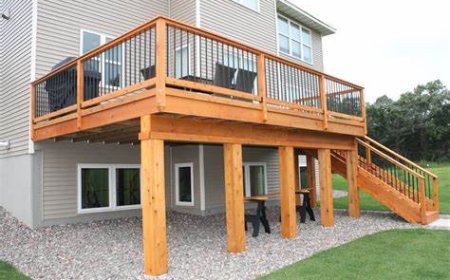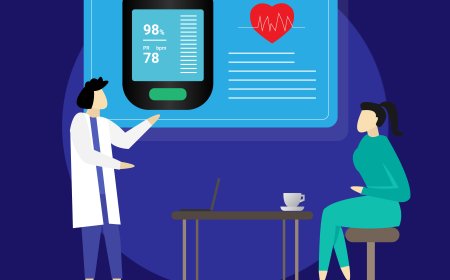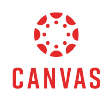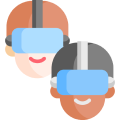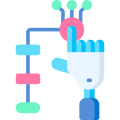- Apply concepts of stress, strain, and elasticity to analyze the mechanical behavior of solid materials under different loading conditions.
- Use virtual simulations to calculate and interpret material deformation, understanding the limits of plastic and elastic deformation in engineering materials.
- Utilize principles of fluid dynamics to analyze flow behaviors, pressure variations, and turbulence in fluid systems such as pipes, ducts, and open channels.
- Apply mechanical and fluid system optimization techniques to improve structural designs and fluid flow efficiency in engineering applications.
- Use virtual labs and simulations to identify and solve problems related to stress, strain, fluid flow, and system performance in practical engineering scenarios.
- Assess the performance of materials and fluid systems under varying conditions, providing recommendations for improvements based on simulation results.
imaginX is used by many amazing schools and universities
University / College


